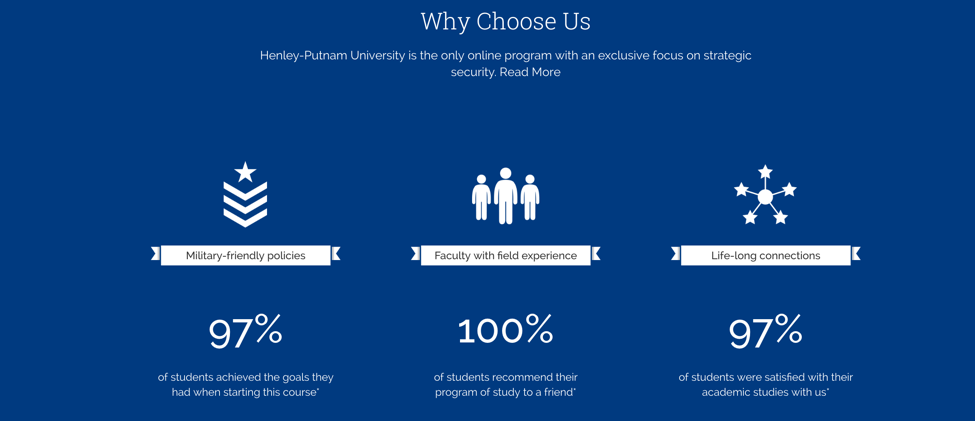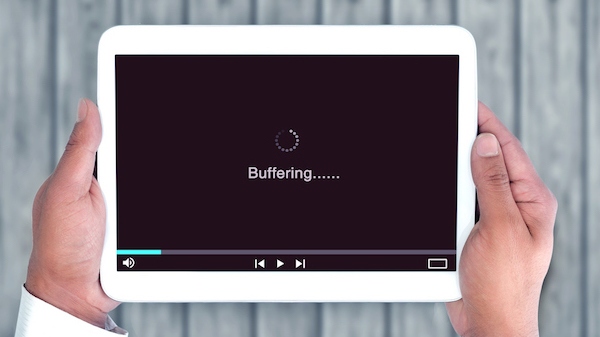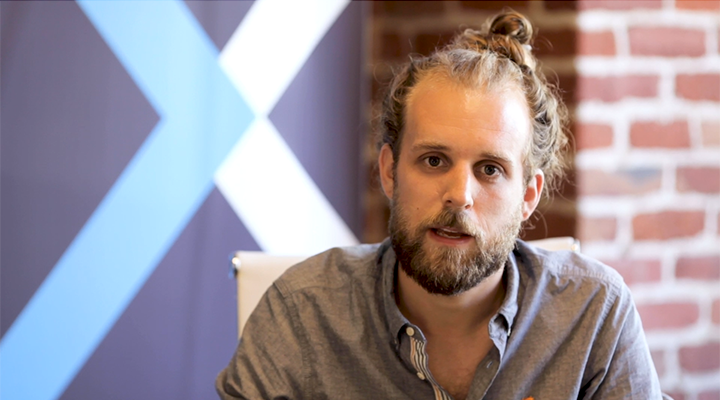CASE STUDY
Using Behavioral Science to increase time spent by prospective students on site
Who:
Henley-Putnam University, the only online program with exclusive focus on strategic security, is providing a service that cannot be matched by other online schools. Their courses are taught by high ranking professionals and their students learn real-world, practical skills that can be immediately put to use in law enforcement, military, and corporate security.
Challenge:
As exciting as their offerings were, prospective students weren’t exploring, engaging, or staying on the site very long. How could we use Behavioral Science to convince prospects to learn more about the school?
Solution:
We applied several Behavioral Science interventions to capture interest and influence consumer behavior. Below you’ll learn how to use two key psychology in marketing techniques: "strategic labeling" and "bandwagon effect".
Find the community
When the goal is to bridge the gap between a prospective student and an applied student, it is important to focus on comfort and familiarity. We know that humans need help making decisions and that’s why adding Social Proof is so important. With Henley, it was especially beneficial to highlight the community between peers. Since people react more strongly to suggestions from peers in the same situation as themselves, we showcased students who expressed crispness, uniform, and military credentials.

Reduce cognitive overload
The original Henley-Putnam homepage had a lot going on. They were overloading their prospective students with images, copy, and information. Too much noise led to drop-off. We thought through the prospective students’ journey: what information would they want to see when they arrived on the site? By creating categories that linked out to the respective pages, we gave prospects a chance to digest their options before choosing what they want to explore.
BEFORE

AFTER

-
Appeal to the rational brain
The emotional part of our brain (limbic system) makes fast/gut-based decisions, but we need to justify those decisions with the rational part of brain (neocortex). We wanted prospective students to get excited about the opportunities at Henley and then we followed up their gut excitement with facts, stats, and figures. The goal is to reach both sides of the brain and get them on board.

-
Understand the psychology of color
Color can influence our perception and mood, often bringing assumptions to our minds without our realizing it. We wanted to bring prospective students a feeling of trust, peace, and loyalty, so we introduced blue as one of the main colors for Henley. Read more about the psychology for color.
Results:
After applying these and several other Behavioral Science techniques to the redesign of the Henley-Putnam University website, “there was a huge area of growth in terms of user engagement. The quality of site visitation increased dramatically.”
105% increase in the amount of time on the site
53% increase as many pages per session
18% drop in bounce rate







